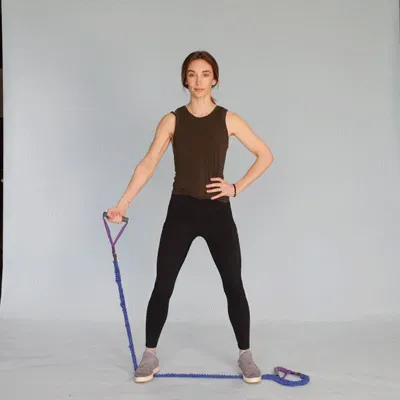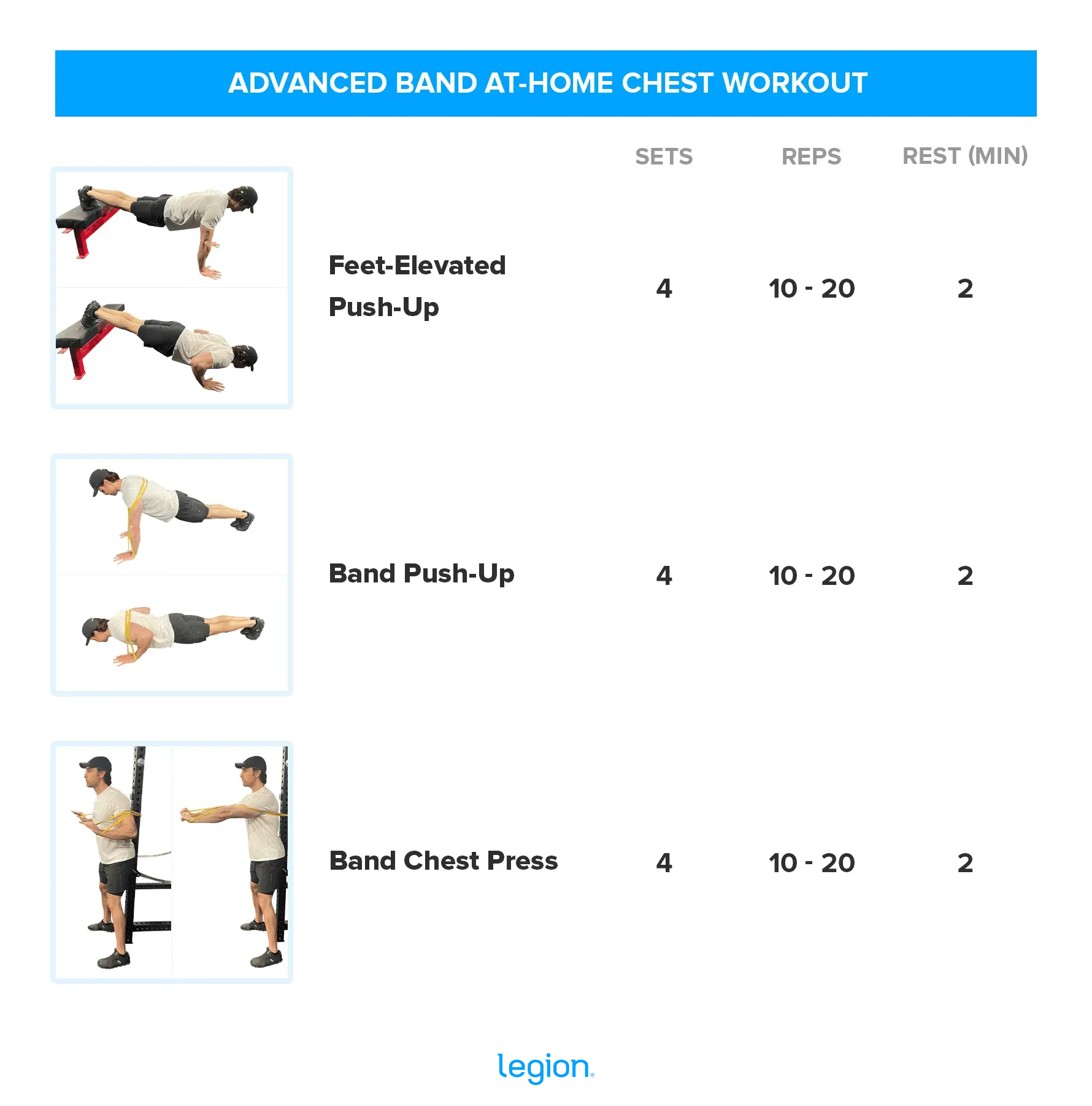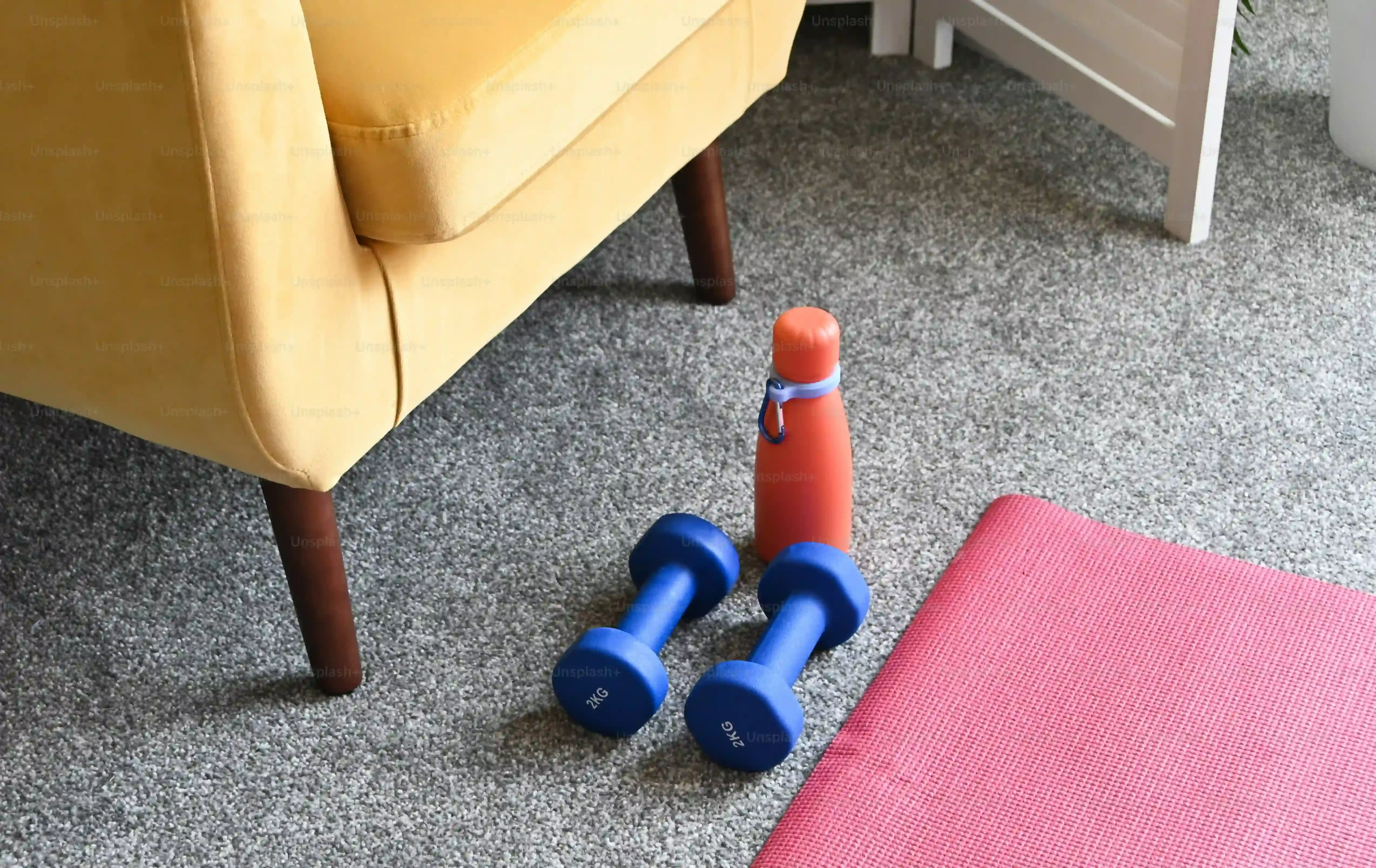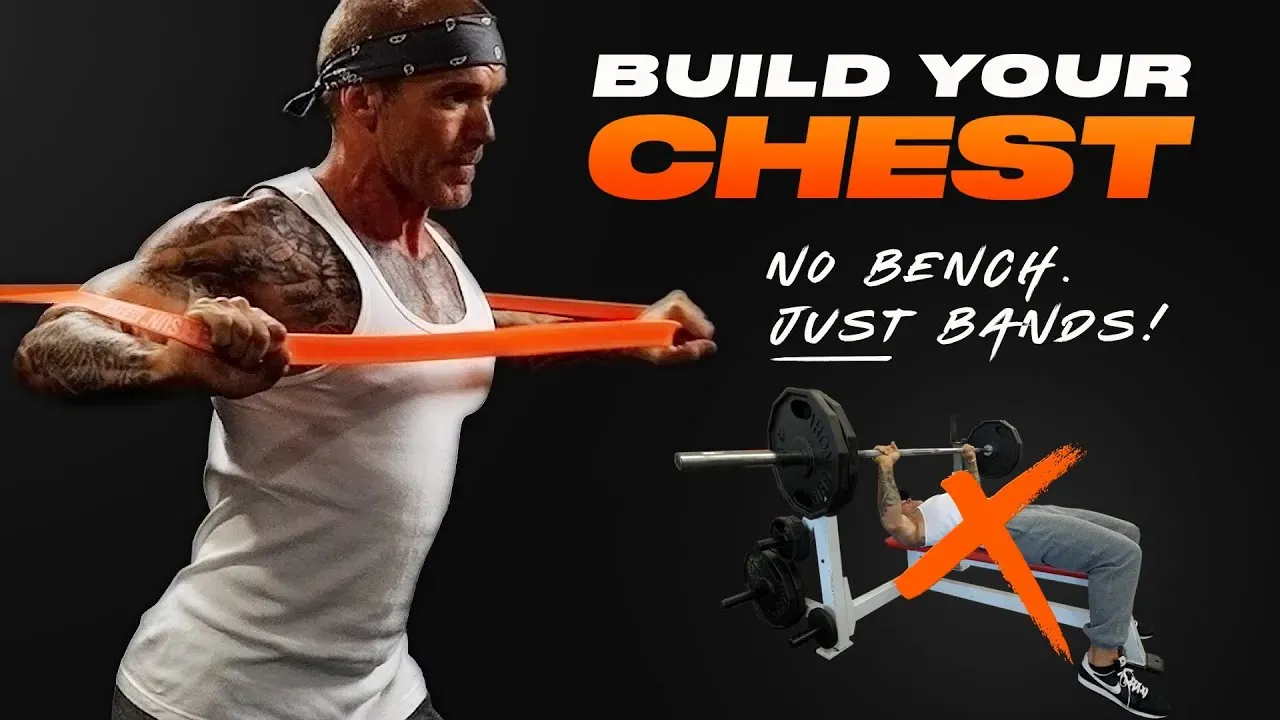Table of Contents
So, you want to build a solid chest but hitting the gym isn't always in the cards? Maybe you're short on space, time, or just prefer the comfort of your own four walls. Traditional chest training often conjures images of heavy barbells on a bench press or elaborate cable machines. But let's be real, not everyone has a home gym setup that looks like a commercial facility.
Why an At Home Band Chest Workout Makes Sense

Why an At Home Band Chest Workout Makes Sense
Beyond the Barbell: Versatility and Accessibility
Look, we all know the classic bench press feels great, but it's not always practical. Hauling heavy dumbbells or needing a spotter for a home bench setup is a non-starter for many. This is precisely where an at home band chest workout shines. Bands are ridiculously portable – you can literally stuff a set in a drawer or a small bag. They cost a fraction of what weights do, making them accessible to almost anyone. Plus, they don't take up your entire living room. You can get a serious chest pump using just a band and maybe a sturdy door frame or anchor point.
Think about it: traveling? Pack a band. Small apartment? No problem. Limited budget? Bands are your friend. They remove so many barriers that prevent people from consistent strength training, especially for muscle groups like the chest that often feel like they require dedicated equipment.
Different Stimulus, Real Results
but can bands *really* build muscle like weights? Absolutely. Resistance bands provide what's called linear variable resistance. This means the resistance increases as you stretch the band further. Unlike a dumbbell, which is heaviest at the bottom of the movement (where you're weakest), a band provides peak resistance at the top (where you're strongest). This unique tension profile challenges your muscles in a different way, forcing them to work harder through the full range of motion, particularly in the contracted position.
This variable resistance also means bands are excellent for both strength and hypertrophy (muscle growth). They force you to control the movement both when pushing out (concentric) and when returning slowly (eccentric), which is crucial for muscle development. An effective at home band chest workout isn't just a fallback; it's a legitimate training method that can yield impressive results if you apply progressive overload and proper form.
Here's why bands are a smart choice:
- Highly Portable: Train anywhere, anytime.
- Cost-Effective: Much cheaper than weights or machines.
- Space-Saving: Minimal footprint required.
- Variable Resistance: Unique challenge throughout the movement.
- Joint-Friendly: Often easier on joints compared to heavy free weights.
- Versatile: Can be used for resistance or assistance.
Setting Up for Your Effective At Home Band Chest Workout

Setting Up for Your Effective At Home Band Chest Workout
Picking the Right Bands for the Job
Alright, before you jump into your **at home band chest workout**, you need the right tools. Not all bands are created equal, and using the wrong resistance level is like trying to push a car with a string – ineffective and frustrating. You'll typically find loop bands (like giant rubber bands) or tube bands with handles. Both work, but loop bands are often more versatile for anchoring and wrapping around your body. Start with a few different resistance levels. Bands are usually color-coded, but the resistance can vary wildly between brands. Don't just buy the cheapest ones; look for quality rubber that feels durable. You'll want a lighter band for exercises like flyes where you need more control, and a heavier band for presses where you can handle more resistance.
Think about the exercises you plan to do. A single light band won't cut it for pressing movements, and a super heavy band will make flyes impossible with good form. A decent set usually includes light, medium, and heavy options. This gives you flexibility to adjust the resistance as you get stronger or as needed for different exercises within your **at home band chest workout** routine.
Anchoring Your Resistance Safely and Securely
Now that you've got your bands, you need something solid to attach them to for many chest exercises. A sturdy door anchor is a lifesaver here. Most band sets come with one, a simple loop that you place in the door frame and close the door on. Make absolutely sure the door is closed securely and locked if possible – you don't want the band snapping back at you mid-rep. Other options include wrapping the band around a robust pole, a heavy piece of furniture that won't budge, or even a railing if you're outside. The key is stability. A wobbly anchor point is a recipe for disaster and poor form.
When anchoring, consider the angle of resistance you need for the specific exercise. For horizontal presses or flyes, you'll want the anchor point around chest height. For targeting the lower chest, an anchor point slightly higher works, and for the upper chest, a lower anchor point is ideal. Experiment a little before loading up the tension to ensure the setup feels stable and allows for a smooth, controlled movement throughout your **at home band chest workout**.
- Inspect bands for nicks or tears before each use.
- Use a door anchor specifically designed for resistance bands.
- Ensure the door is closed and locked when using a door anchor.
- Test the anchor point's stability with light tension first.
- Consider the angle of the anchor relative to the exercise.
MustDo Exercises for Your At Home Band Chest Workout

MustDo Exercises for Your At Home Band Chest Workout
so you've got your bands, you've got your anchor point sorted, and you're wondering, "Alright, what now? How do I actually *hit* my chest with these things?" This is where the fun begins with your **at home band chest workout**. The beauty of bands is their adaptability. You can mimic many traditional gym movements, but often with a slightly different feel that can challenge your muscles in novel ways. We're not just talking about pushing straight out; you can work your upper chest, lower chest, and even get some good stretch on the pecs with various pressing and fly variations. It's about selecting the right movements that provide resistance through the range of motion your chest muscles are designed to work in.
Structuring Your Complete At Home Band Chest Workout

Structuring Your Complete At Home Band Chest Workout
Starting Strong: Warm-up and Exercise Order
you've picked your bands and scouted your anchor points. Now, how do you actually put it all together into a workout that makes sense and gets results? Think of it like building a house – you don't start with the roof. For your **at home band chest workout**, always begin with a proper warm-up. This isn't optional. Five to ten minutes of light cardio like jogging in place or jumping jacks gets your blood flowing, and some dynamic stretches like arm circles and chest openers prepare your muscles and joints for the work ahead. Skipping this is asking for trouble.
After warming up, the general rule of thumb for strength training applies: tackle your compound movements first when you're freshest. For a band chest workout, this means exercises that involve multiple joints and larger muscle groups, like band push-ups or band presses. Once you've hit those hard, you can move on to isolation exercises like band flyes, which target the chest more specifically. This order ensures you get the most bang for your buck on the exercises that build the most overall strength and mass.
Sets, Reps, and Making Bands Challenging
So, how many times should you push or pull that band? For building muscle (hypertrophy), the sweet spot is generally doing 3-4 sets of 8-15 repetitions per exercise. If you can easily crank out 20 reps with good form, your band is too light. If you can barely manage 5, it's too heavy. The last few reps of each set should feel challenging, like you're really having to work to complete them. This is where that variable resistance comes into play – the burn often kicks in hardest at the end of the movement.
Rest periods between sets are also important. Aim for 60-90 seconds between sets of compound exercises and maybe slightly less, 45-60 seconds, for isolation movements. This gives your muscles enough time to recover partially before the next set, allowing you to maintain intensity throughout your **at home band chest workout**. Don't just go through the motions; focus on controlled movements, feeling the muscle contract and stretch with each rep.
Here's a simple structure to get you started:
- Warm-up (5-10 minutes)
- Compound Exercise 1 (e.g., Band Push-ups or Presses): 3-4 sets of 8-15 reps
- Compound Exercise 2 (if applicable, e.g., High-Anchor Presses): 3-4 sets of 8-15 reps
- Isolation Exercise 1 (e.g., Band Flyes): 3-4 sets of 10-15 reps
- Isolation Exercise 2 (if applicable, e.g., Single-Arm Flyes): 3-4 sets of 10-15 reps
- Cool-down/Stretching (5 minutes)
Progression and Consistency are Key
Just like with any training program, your **at home band chest workout** needs to evolve as you get stronger. If you're doing the same exercises with the same band for weeks on end, your progress will stall. This is called progressive overload – constantly challenging your muscles to adapt. With bands, you can progress by increasing the band resistance (using a thicker band or doubling up), doing more repetitions with the same band, performing more sets, decreasing rest times, or even slowing down the tempo of your reps to increase time under tension. Getting creative with angles and exercise variations also keeps things fresh and challenging.
Consistency beats intensity any day. It's far better to do a solid band workout 2-3 times a week consistently than to do one monster session and then take two weeks off. Find a schedule that works for you and stick to it. Progress with bands might not look exactly like adding 50 pounds to your bench press, but you'll notice increased strength, better muscle endurance, and improved definition if you train smart and stay consistent with your **at home band chest workout** routine.
Your Chest, Band-Built, Anywhere
So there you have it. You don't need a membership or a garage full of iron to get a solid chest workout. Resistance bands offer a legitimate path to building strength and size in your pecs, all from the convenience of your home. They provide resistance where you need it, are easy on the joints, and travel lighter than even the smallest dumbbell. It takes a bit of know-how to anchor them correctly and choose the right band, but that's hardly rocket science. Incorporate these exercises, structure your sessions smartly, and you'll find that an **at home band chest workout** is less of a compromise and more of a smart, effective training option. Now go give it a shot.
